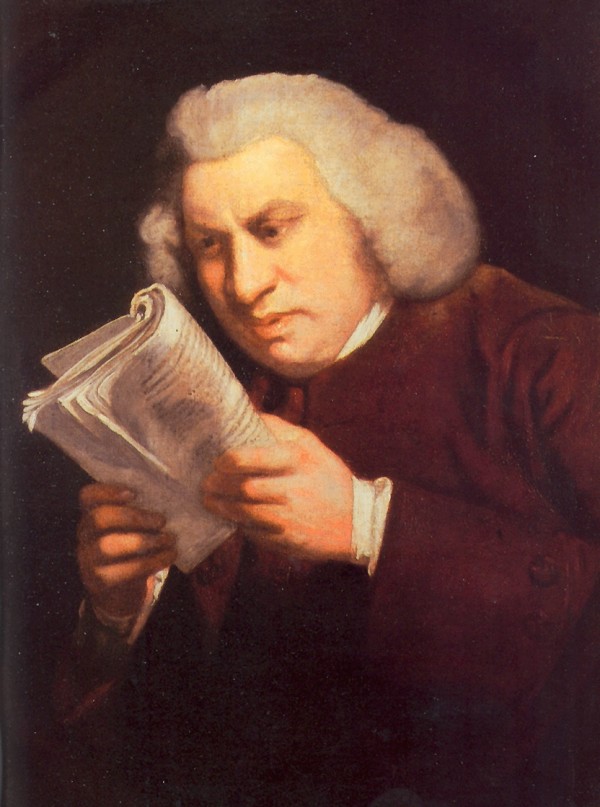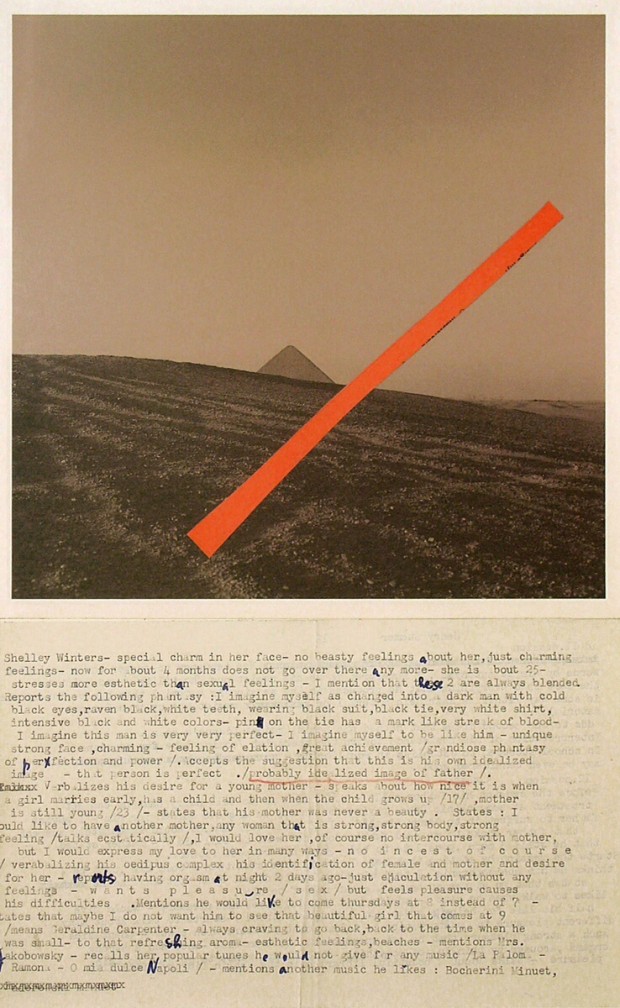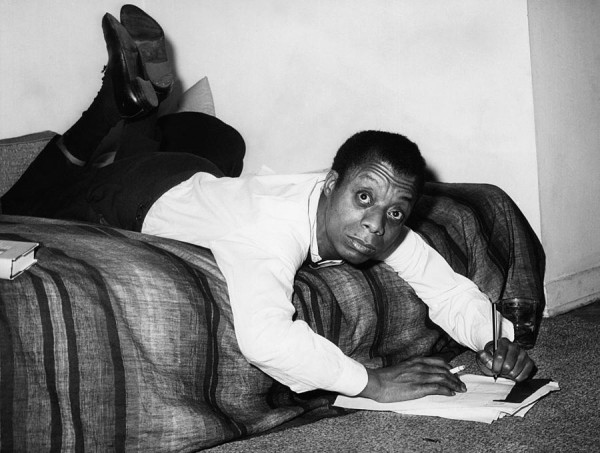
By Samuel Johnson.
Dulcique animos novitate tenebo. OVID. Met. iv. 284.
And with sweet novelty your soul detain.
It is often charged upon writers, that with all their pretensions to genius and discoveries, they do little more than copy one another; and that compositions obtruded upon the world with the pomp of novelty, contain only tedious repetitions of common sentiments, or at best exhibit a transposition of known images, and give a new appearance to truth only by some slight difference of dress and decoration.
The allegation of resemblance between authors is indisputably true; but the charge of plagiarism, which is raised upon it, is not to be allowed with equal readiness. A coincidence of sentiment may easily happen without any communication, since there are many occasions in which all reasonable men will nearly think alike. Writers of all ages have had the same sentiments, because they have in all ages had the same objects of speculation; the interests and passions, the virtues and vices of mankind, have been diversified in different times, only by unessential and casual varieties: and we must, therefore, expect in the works of all those who attempt to describe them, such a likeness as we find in the pictures of the same person drawn in different periods of his life.
It is necessary, therefore, that before an author be charged with plagiarism, one of the most reproachful, though, perhaps, not the most atrocious of literary crimes, the subject on which he treats should be carefully considered. We do not wonder, that historians, relating the same facts, agree in their narration; or that authors, delivering the elements of science, advance the same theorems, and lay down the same definitions: yet it is not wholly without use to mankind, that books are multiplied, and that different authors lay out their labours on the same subject; for there will always be some reason why one should on particular occasions, or to particular persons, be preferable to another; some will be clear where others are obscure, some will please by their style and others by their method, some by their embellishments and others by their simplicity, some by closeness and others by diffusion.





